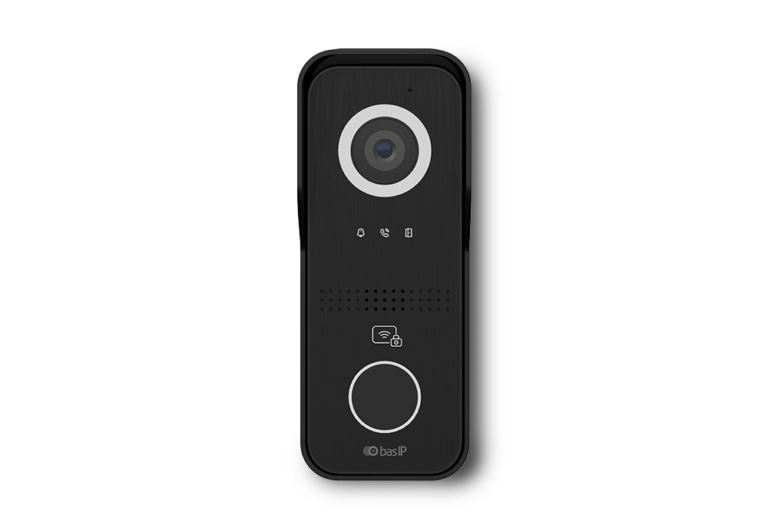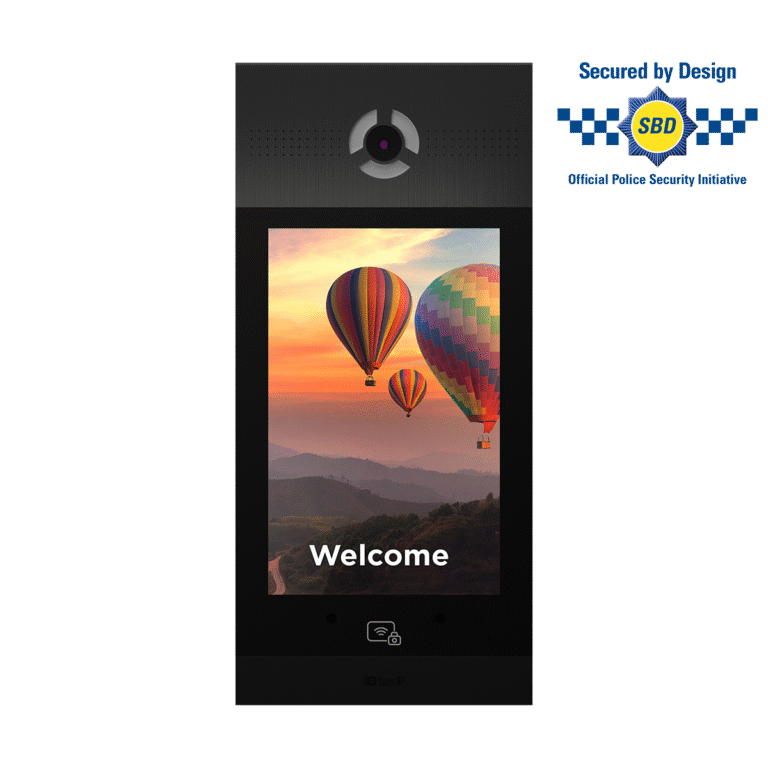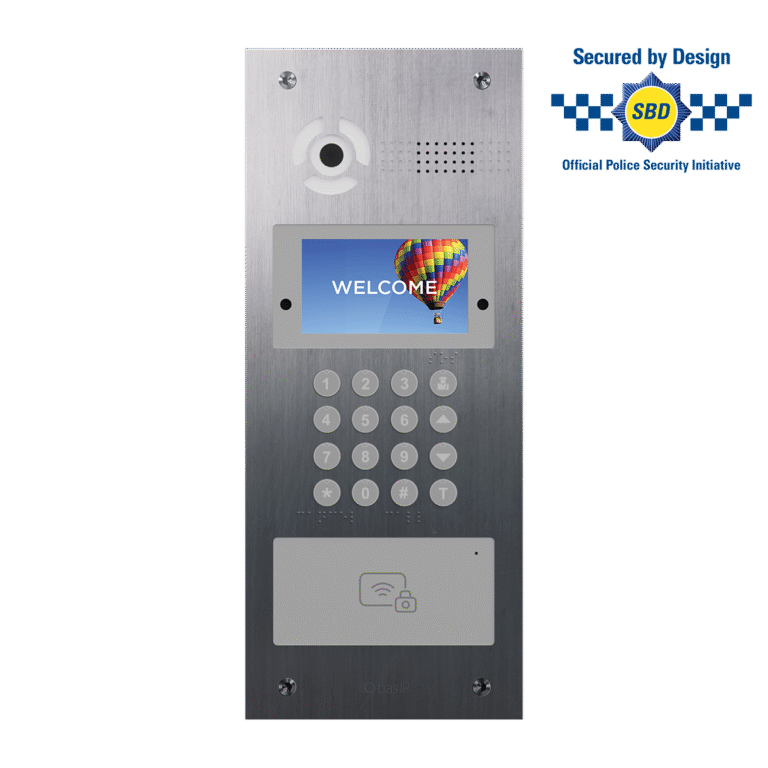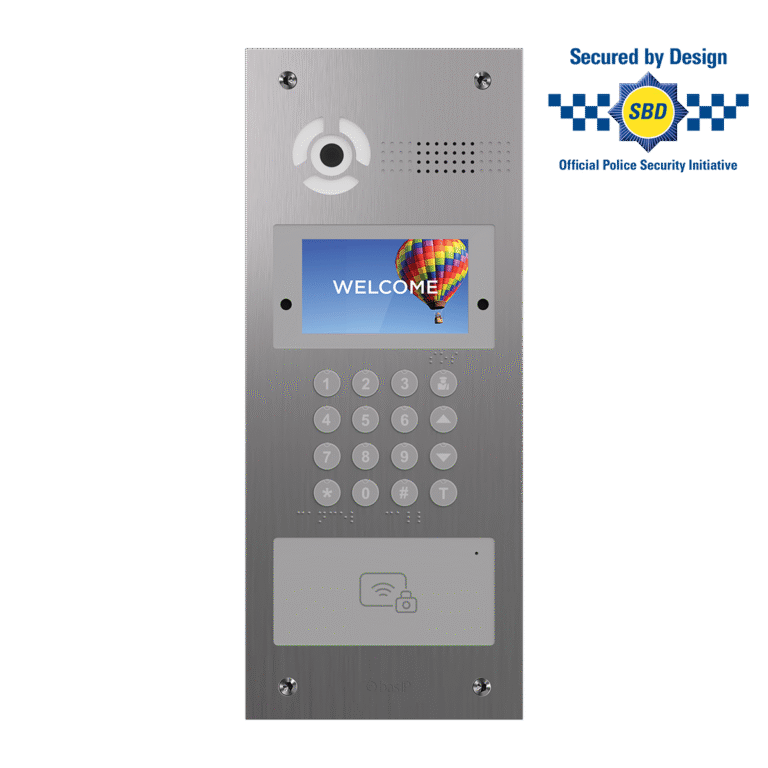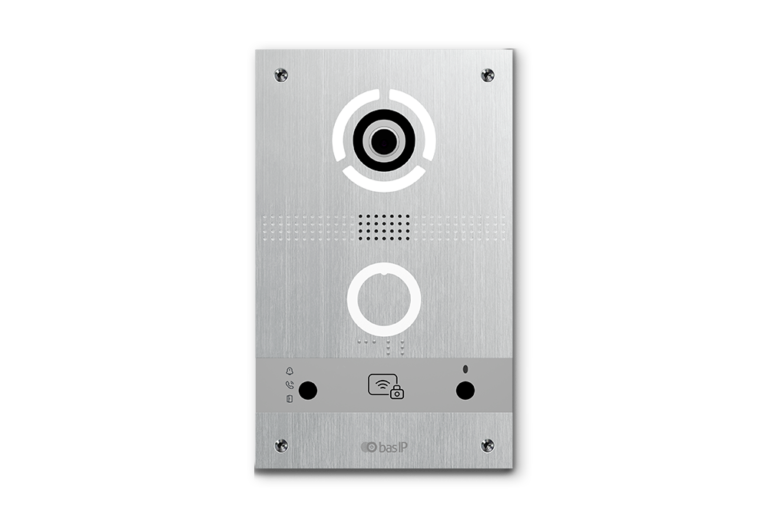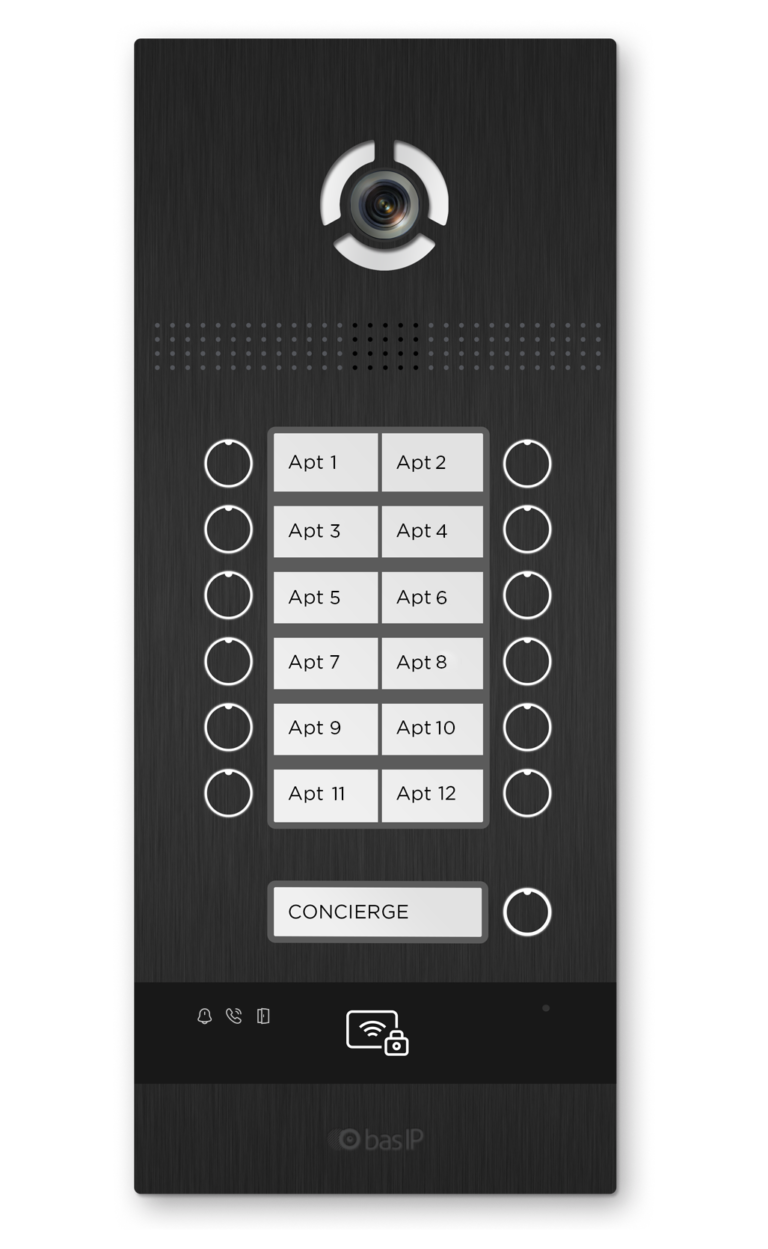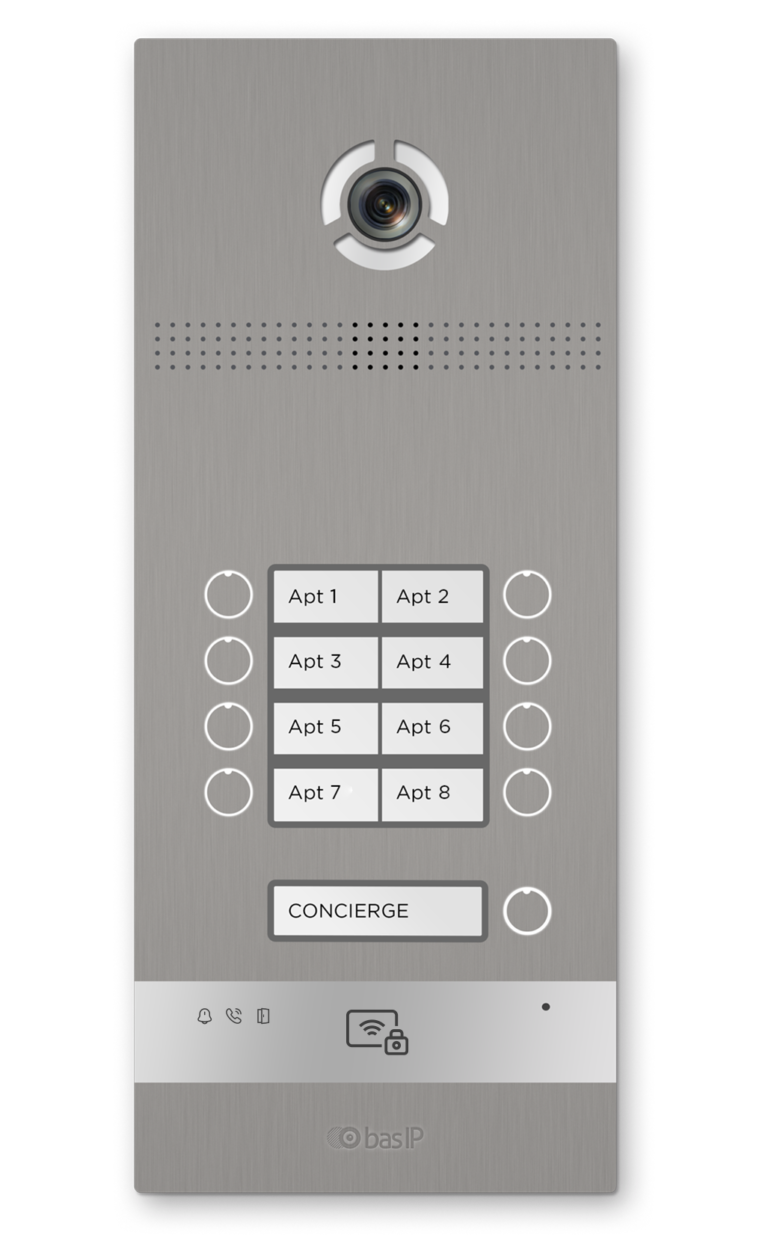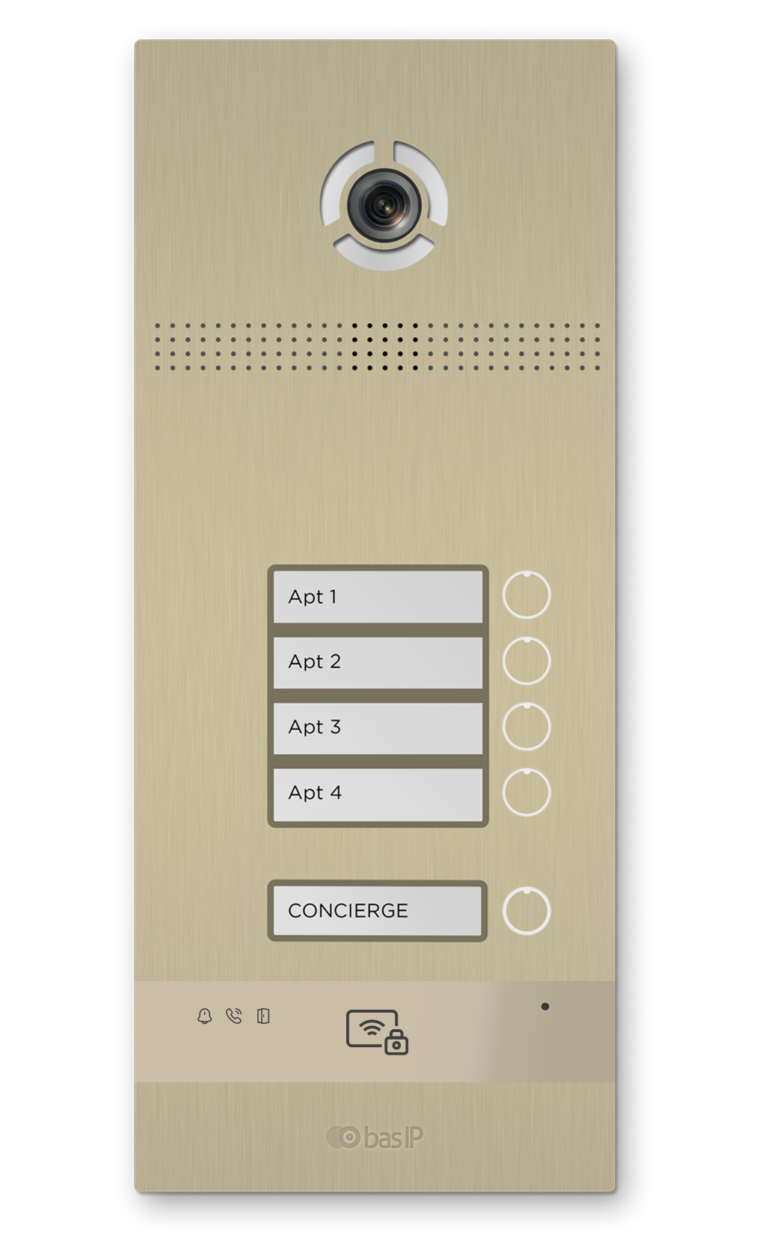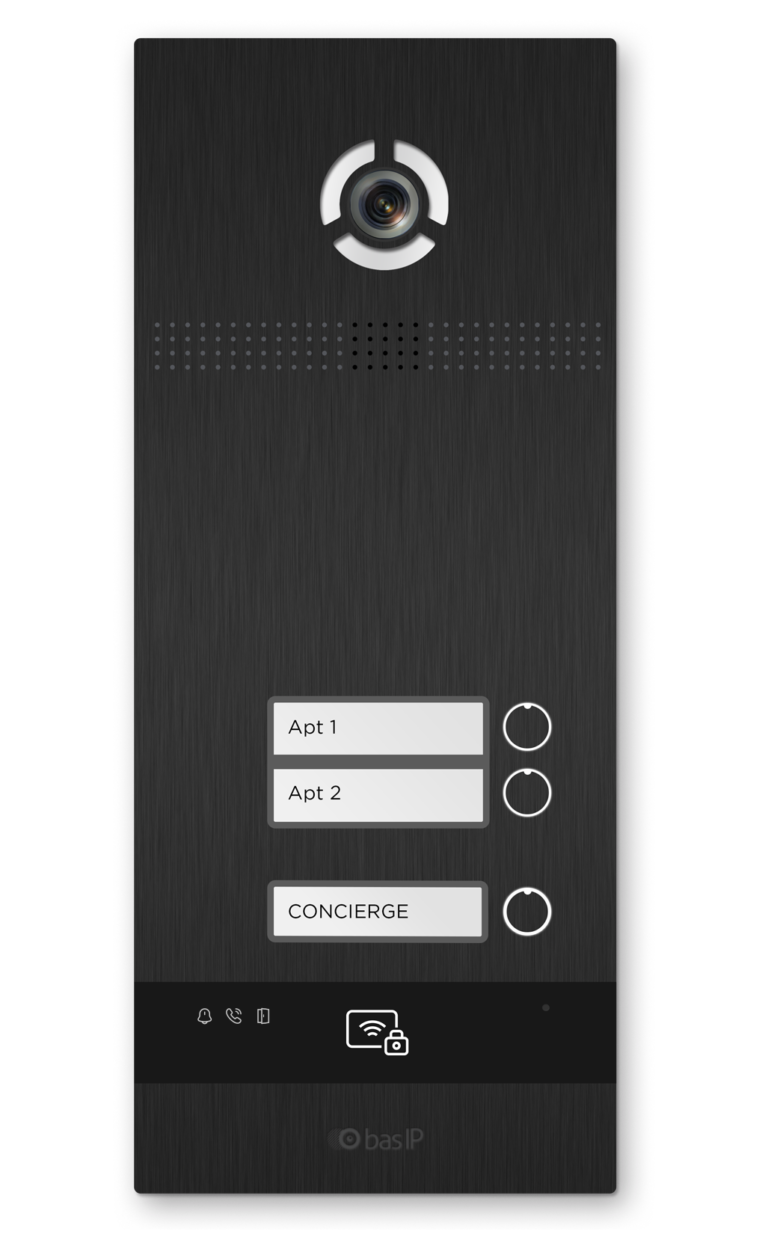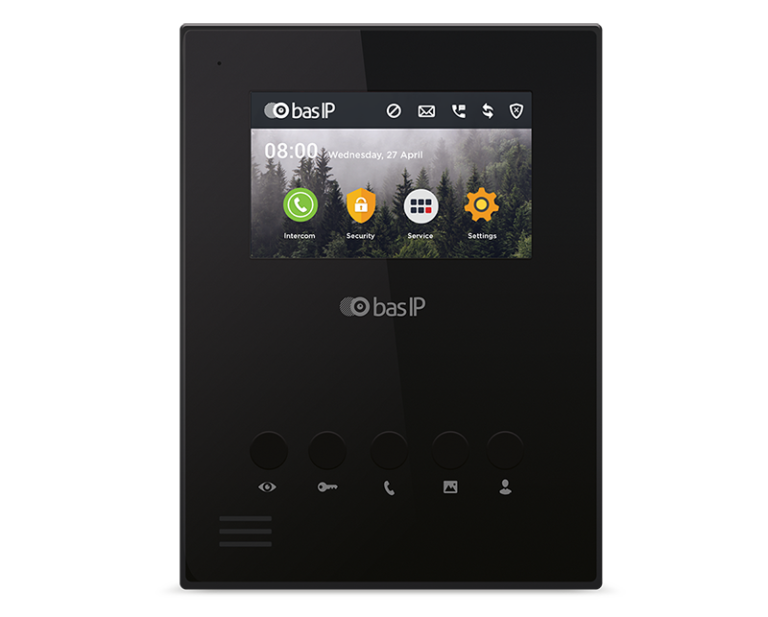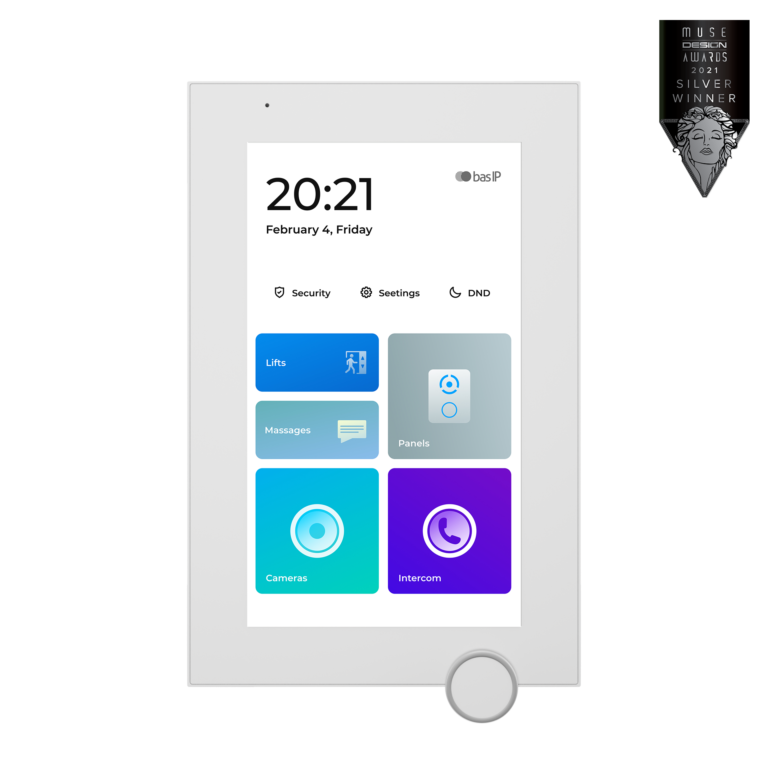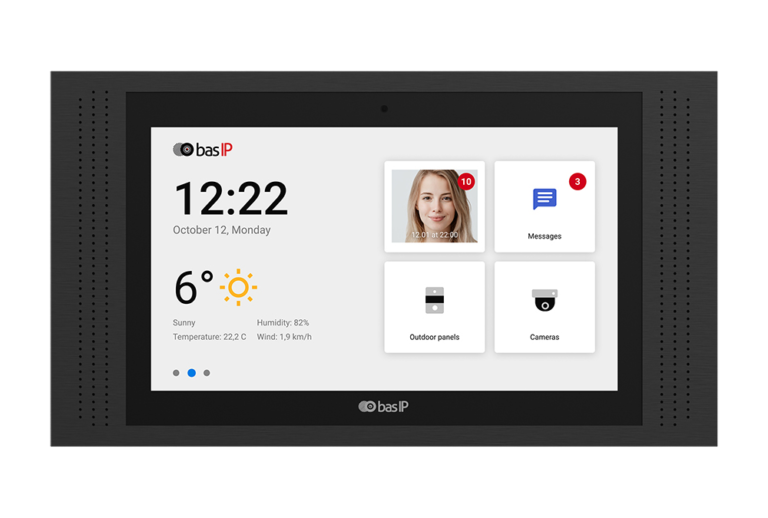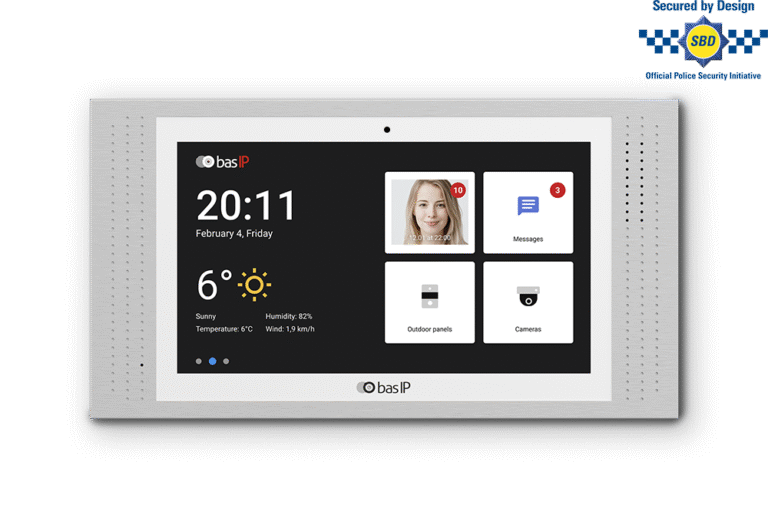Two Way Intercom Systems: A Comprehensive Guide

Two way intercom systems have become an integral part of our daily lives, enhancing security and improving communication efficiency. This article provides a comprehensive guide on these systems, their types, benefits, and how to choose the best one for your needs.
Table of Contents
Understanding Two Way Intercom Systems
What is a Two Way Intercom System?
A two way intercom system is a communication device that allows for the exchange of audio or video signals between two or more locations. This technology has evolved significantly over the years, with various types now available, including audio, video, wireless, and wired intercom systems.
The Technology Behind Two Way Intercom Systems
Two way intercom systems have come a long way since their inception, with advancements in technology leading to a variety of wired and wireless options. These systems operate using different technologies, each with its unique features and benefits. Let’s delve deeper into the technology behind these systems, focusing on 4-wire, 2-wire, and IP intercom systems.
4-Wire Intercom Systems
A 4-wire intercom system is a type of wired intercom system that uses separate wires for audio transmission and reception. This separation of wires allows for full-duplex communication, meaning both parties can speak and listen simultaneously, much like a telephone conversation.
The 4-wire system is known for its audio quality and reliability. It is less susceptible to interference and offers a more stable connection compared to some wireless options. However, the installation process can be more complex and time-consuming due to the additional wiring required.
2-Wire Intercom Systems
2-wire intercom systems, on the other hand, use the same wire for both audio transmission and reception. This type of system operates on a half-duplex communication mode, meaning only one party can speak at a time while the other listens, similar to a walkie-talkie.
The main advantage of a 2-wire system is its simplicity in installation. With fewer wires to manage, these systems are easier and quicker to install. However, they may not offer the same level of audio quality and simultaneous communication as a 4-wire system.
IP Intercom Systems

IP (Internet Protocol) intercom systems represent the latest advancement in intercom technology. These systems use a network connection (either wired or wireless) to transmit audio and video signals over the internet. This allows for communication between devices regardless of their geographical location, as long as they are connected to the internet.
IP intercom systems offer several advantages, including high-quality audio and video, scalability, and integration with other IP-based systems. They also support full-duplex communication and can be accessed remotely via smartphones or computers.
Wireless Intercom Systems
Wireless intercom systems have become increasingly popular due to their convenience and ease of installation. Unlike wired systems, they do not require any physical connections between intercom units, making them ideal for situations where wiring is impractical or impossible.
Wireless intercom systems operate using various wireless technologies to transmit and receive signals:
Radio Frequency (RF) Intercoms
Radio Frequency (RF) intercoms are the most common type of wireless intercom system. They work by transmitting audio signals over radio waves. These systems are easy to install and use, but their range can be limited and they may be susceptible to interference from other electronic devices.
Wi-Fi Intercoms
Wi-Fi intercoms use your home or business’s Wi-Fi network to transmit audio and video signals. These systems offer a wide range and high-quality audio and video, but they rely on a stable Wi-Fi connection. If your internet connection is unstable or slow, it may affect the performance of the intercom system.
DECT Intercoms
DECT (Digital Enhanced Cordless Telecommunications) intercoms operate on a dedicated frequency, separate from other household electronics. This can result in less interference and clearer audio. However, DECT intercoms typically have a shorter range than Wi-Fi intercoms.
Bluetooth Intercoms
Bluetooth intercoms use Bluetooth technology to connect intercom units. These systems are typically used for short-range applications, such as within a single building or vehicle.
| Intercom Type | Communication Mode | Audio Quality | Installation Complexity | Geographical Flexibility | Dependency |
|---|---|---|---|---|---|
| 4-Wire Systems | Full-Duplex | High | High | Limited to wiring | None |
| 2-Wire Systems | Half-Duplex | Moderate | Low | Limited to wiring | None |
| IP Systems | Full-Duplex | High | Moderate | Unlimited (Internet required) | None |
| RF Wireless | Depends on model | Varies | Low | Limited by signal range | None |
| Wi-Fi Wireless | Full-Duplex | High | Low | Limited by Wi-Fi range | Wi-Fi Connection |
| DECT Wireless | Full-Duplex | High | Low | Limited by DECT signal range | None |
| Bluetooth Wireless | Full-Duplex | Moderate | Low | Limited by Bluetooth range | None |
This chart provides a quick comparison of the different types of intercom systems, but it’s important to note that the actual performance can vary based on specific models and brands. Always consider your specific needs and circumstances when choosing an intercom system.
The Importance of Two Way Intercom Systems

Two way intercom systems have become an essential tool in various sectors due to their versatility and the numerous benefits they offer. Here are some reasons why these systems are so important:
Enhanced Security
One of the primary uses of two way intercom systems is to enhance security. They allow for real-time monitoring and communication, which is crucial in many situations. For instance, in a residential setting, a two way intercom system can be used to verify the identity of a visitor before allowing them access. In a commercial setting, these systems can be used to monitor and control access to certain areas, ensuring only authorized personnel can enter.
Improved Communication Efficiency
Two way intercom systems greatly improve communication efficiency, especially in large buildings or complexes. They allow for instant communication between different rooms or areas without the need for physical movement. This can save time and increase productivity in a business setting. For instance, in a large office building, an intercom system can be used to quickly relay messages or announcements to all employees.
Convenience
Two way intercom systems offer a great deal of convenience. They can be used to communicate quickly and easily without the need for face-to-face interaction. This can be particularly beneficial in a residential setting, where an intercom system can be used to communicate with family members in different parts of the house, or to answer the door without having to physically go to the entrance.
Emergency Situations
In emergency situations, two way intercom systems can be lifesaving. They allow for immediate communication and can be used to alert others of a dangerous situation, call for help, or provide important instructions. This is particularly useful in large buildings, schools, or businesses where a quick response is crucial.
Features to Consider When Choosing a Two Way Intercom System
Choosing the right two way intercom system can be a daunting task given the variety of options available. However, by considering certain key features, you can make an informed decision that best suits your needs. Here are some features to consider:
Range
The range of the intercom system is crucial, especially for wireless systems. The range determines how far apart the intercom units can be while still maintaining clear communication. If you have a large property or if the units will be placed far apart, you’ll need a system with a longer range.
Audio and Video Quality
The quality of audio and video transmission is another important factor. Poor audio quality can lead to misunderstandings, while poor video quality can defeat the purpose of having a video intercom system. Look for systems that offer high-definition video and clear audio.
Installation and Ease of Use
Some intercom systems can be complex to install and require professional assistance, while others are simple enough to be installed without any specialized knowledge. Consider your comfort level with technology and whether you’re willing to pay for professional installation. Additionally, the system should be user-friendly, with intuitive controls and interfaces.
Power Source
Intercom systems can be powered in different ways. Some require access to a power outlet, while others are battery-powered. Consider the availability of power outlets in the areas where you plan to install the units.
Durability and Weather Resistance
If you’re installing an outdoor unit, it needs to be durable and weather-resistant. It should be able to withstand various weather conditions such as rain, snow, and extreme temperatures.
Integration with Other Devices
Some advanced intercom systems can be integrated with other devices such as smartphones, allowing you to receive calls or monitor your property remotely. If this feature is important to you, ensure the system you choose supports it.
Security Features
Security features are especially important if you’re using the intercom system for access control. Features such as video recording, motion detection, and night vision can enhance the security of your property.
How to Install a Two Way Intercom System

Installing a two way intercom system can be a straightforward process, but it requires careful planning and execution. Here’s a general step-by-step guide on how to install a 2 way intercom system:
Step 1: Choose the Right Location
The first step is to decide where you want to install the intercom units. For a home, you might want to install one unit near the front door and others in commonly used areas. For a business, you might need units at the entrance, in the main office, and in other key areas.
Step 2: Prepare the Necessary Tools and Materials
Depending on the type of intercom system you’re installing, you might need various tools and materials. These could include a drill, screwdriver, screws, and mounting brackets. If you’re installing a wired system, you’ll also need enough wire to connect the units.
Step 3: Install the Units
Mount the intercom units at the chosen locations. If you’re installing a wired system, you’ll need to run wires between the units. Make sure to follow the manufacturer’s instructions to ensure proper installation.
Step 4: Connect the System
Once the units are installed, you’ll need to connect them. For a wired system, this involves connecting the wires to the units and to the power source. For a wireless system, you’ll need to pair the units according to the manufacturer’s instructions.
Step 5: Test the System
After everything is set up, test the system to make sure everything is working properly. Test the audio and video quality, the range, and any other features of the system.
Step 6: Make Adjustments if Necessary
If you encounter any issues during testing, you might need to make adjustments. This could involve repositioning the units, adjusting the settings, or troubleshooting any issues.
Maintaining Your Two Way Intercom System
Maintaining your two way intercom system is crucial to ensure its longevity and optimal performance. Here are some tips and best practices for maintaining your system:
Regular Cleaning
Like any electronic device, intercom systems can accumulate dust and dirt over time. Regularly clean the units with a soft, dry cloth to remove any dust or dirt. Avoid using water or cleaning solutions as they could damage the electronics.
Check the Wiring
If you have a wired intercom system, regularly check the wires for any signs of damage or wear. Damaged wires can affect the performance of the system and could even pose a safety risk. If you notice any damaged wires, have them replaced as soon as possible.
Test the System Regularly
Regularly test the system to ensure it’s working properly. This should include testing the audio and video quality, the range, and any other features of the system. If you notice any issues during testing, troubleshoot them or consult a professional.
Update the Software
If your intercom system has software (such as an IP or Wi-Fi intercom system), make sure to keep it updated. Software updates often include bug fixes and improvements that can enhance the performance of the system.
Protect Outdoor Units
If you have outdoor intercom units, make sure they’re protected from the elements. This could involve installing a protective cover or housing, or simply ensuring the units are installed in a sheltered location.
Consult a Professional
If you encounter any issues that you can’t resolve yourself, don’t hesitate to consult a professional. Professional technicians have the knowledge and tools to diagnose and fix a wide range of intercom system issues.
The Future of 2 Way Intercom Systems

The future of two way intercom systems is promising, with emerging trends and technological advancements shaping the industry. Here are some developments we can expect to see:
Integration of Artificial Intelligence (AI)
AI is set to play a significant role in the future of two way intercom systems. With AI, intercom systems could offer features like voice recognition, automatic answering, and even predictive analytics. For instance, an AI-powered intercom could recognize the voice of a regular visitor and automatically grant them access, or it could analyze patterns in your usage and make predictions or suggestions based on that data.
Internet of Things (IoT) Connectivity
The Internet of Things (IoT) refers to the network of physical devices connected to the internet, allowing them to communicate and share data. In the context of intercom systems, IoT connectivity could allow your intercom to communicate with other smart devices in your home or business. For example, you could have a system where your intercom automatically unlocks the door when it recognizes your voice, or sends an alert to your smartphone when someone rings the intercom.
Enhanced Video Capabilities
As video technology continues to advance, we can expect to see these advancements reflected in two way intercom systems. This could include higher resolution video, better low-light performance, and even 3D video. These enhancements would provide clearer, more detailed images, improving security and user experience.
More Wireless Options
As wireless technology improves, we can expect to see more wireless options for two way intercom systems. This could include systems with longer ranges, better signal quality, and lower power consumption. Wireless systems are easier to install and more flexible than wired systems, making them an attractive option for many users.
Increased Security Features
As security continues to be a major concern, future intercom systems are likely to include enhanced security features. This could include better encryption to protect against hacking, more advanced motion detection, and integration with other security systems.
Conclusion
Two way intercom systems are an essential tool for enhancing security and improving communication efficiency. Choosing the right system requires careful consideration of various factors, and maintaining it is crucial for its longevity. As we look to the future, we can expect to see even more advanced and efficient two way intercom systems, thanks to the integration of AI and IoT technologies.
